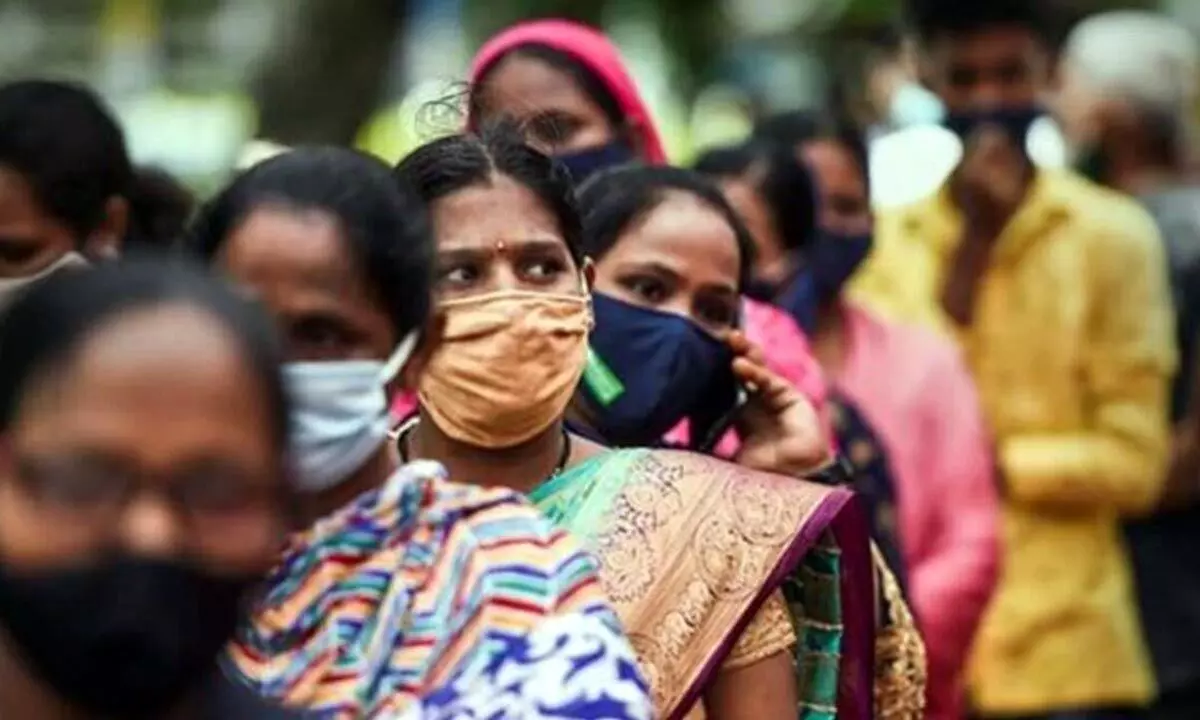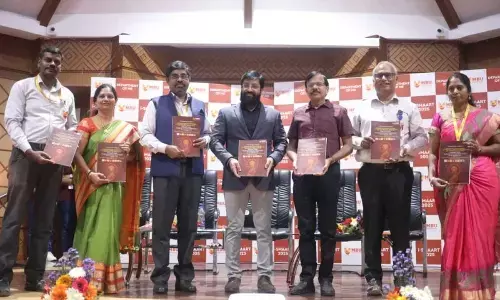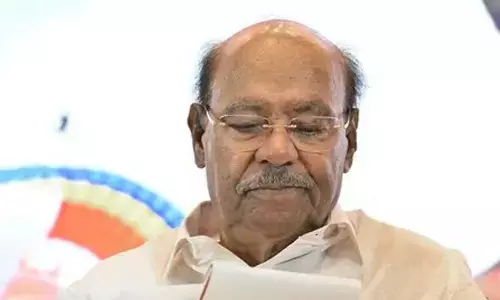Job data depressing, but not unexpected: Experts

Job data depressing, but not unexpected: Experts
CMIE data reveals rising unemployment rate; During 2017-22 period, overall labour participation rate declined from 46% to 40%; Women worst hit in job mkt
Jobless Growth
- India fastest growing economy, GST revenues at record high
- Despite all these, Indian economy failed to generate jobs, say experts
- 17 mn jobs were created during Dr Manmohan Singh's 10-yr tenure
- 60mn jobs generated during Vajpayee's 5-yr tenure
- Jobless growth has been happening since May 2014 under PM Narendra Modi's term
- Note ban, GST, lockdowns hit economy hard
- Cost of Doing Business rising
New Delhi: The new data by the Centre for Monitoring Indian Economy (CMIE), a Mumbai-based private research firm, has painted a grim picture of the job situation. It says that the unemployment rate is so high, and the despair so deep, that millions of people, especially women, are moving out of the labour force entirely.
During the 2017-22 period, the overall labour participation rate declined from 46 per cent to 40 per cent, the report says. Experts, however, believe that such findings, though depressing, are not shocking.
"While the numbers may show a decrease in labour participation for the period between 2017 and 2022, this specific period is unique by itself," said Kandula Subramaniam, an economist, who specializes in transition economics and sustainable development. "There were epochal changes and events which happened in this period. First was demonetization, which had an effect with a lag. The second was the Covid-related impact on the labor force."
Federation of Indian Micro and Small & Medium Enterprises (Fisme) secretary general Anil Bhardwaj tended to agree with this viewpoint. "After such disruptions as the demonetization, the introduction of goods and services tax (GST), and then Covid and the lockdowns induced by it, a high unemployment rate is natural."
Apart from these three which hit all sectors, MSMEs were also hit by the mandatory provision of augmented paid pregnancy leave. Bhardwaj pointed out that the period in question is also the one in which MSMEs suffered grievously as the government increased the paid maternity leaves from 12 weeks to 26 weeks. While this cost is not too big for top companies, for smaller firms it becomes critical.
"Maternity leaves for women are important, but government should bear the cost if it wants that special privilege to be given to a section of society. Small firms may not be able to bear the cost. So, they will naturally shy away from hiring women once the law kicks in," Bhardwaj had said in August 2016 when the Bill to this effect was passed in the Rajya Sabha.
The provision of increased paid maternity leave not only hit MSMEs, but also the job prospects of women whom, ironically, it was intended to benefit.
Barun Mitra, Director of the Liberty Institute which promotes free market policies, put the CMIE numbers in a historical perspective. He pointed out that jobless growth has been happening for quite some time; it was there when Narendra Modi assumed office in May 2014.
He is right, because in the 10 years under former Prime Minister Manmohan Singh, just 17 million jobs were created even though the average growth rate was over 7.5 per cent in that period. In comparison, during five years under Atal Bihari Vajpayee (1999-2004), 60 million people got employment with an average growth rate less than 6 per cent.
"Even during the peak of liberalization, not as many jobs were getting created as were needed," Mitra said. "And now reforms are declining. Things have become worse in the last few years because of demonetization, GST, and lockdowns. MSMEs, the biggest employers, were the worst hit. The cost of doing business is rising."
The employment situation also may have worsened in the 2017-22 period because of the new labor force, with different skills and aspirations, entering the market, Subramaniam said. "The frequency for technology-led change has been very fast over the past 15 years as compared to earlier periods. If one looks around, product obsoleteness is much more rapid now. Some production processes dominating the market a decade ago have also changed."
There are worries, but all doesn't seem to have got lost. India remains the fastest growing major economy; the forex reserves are comfortable; the fiscal situation is not as bad as it could have been. Plus, people are getting accustomed to GST whose collection is on the upswing; in March, it was Rs 1.42 lakh crore. There are also reports that corporate India is planning capital expenditure in this fiscal. It may be recalled that capital goods have not been able to reach the pre-Covid level. This may change if domestic majors increase capex. And this will surely boost employment generation.
There were epochal changes and events, which happened in this period. First was demonetization, which had an effect with a lag. The second was the Covid-related impact on the labor force, said Kandula Subramaniam, an economist, who specializes in transition economics and sustainable development















